As is the situation throughout towns and settlements Greenland, Sisimiut is connected by air and by water but not by road. Municipal infrastructure provides piped water that has been collected locally and treated for drinking to houses and to accessible communal locations. Greywater (wastewater) is directly discharged into the surroundings. Sewage and blackwater (wastewater from toilets) are piped to a disposal station and then emptied directly into the open ocean.
The Arctic WASH course began online in May to provide students a foundational understanding of WASH issues across the Arctic Circle in Canada, Norway, Alaska, and Greenland, as well as perspectives from the Andes Mountains and Sub-Saharan Africa. While many participants had a background education related to water and engineering, the Greenlandic context presented challenges that differ from southern latitudes and from other northern geographies. Such challenges include: rocky terrain, extreme cold weather, permafrost, low populations to support infrastructure, and more.
The course provided a combination of theoretical learning through lectures and practical experience through problem-based learning:
Day 1: Arrival and Environmental Tour
After the arrival of most participants, Arctic DTU instructors led tours around Sisimiut to visit relevant sites, including the waste incineration plant and the ‘chocolate factory’ (sewage disposal station). The tour followed insulated above-ground pipes and saw examples of direct emission of greywater from houses into their surroundings.
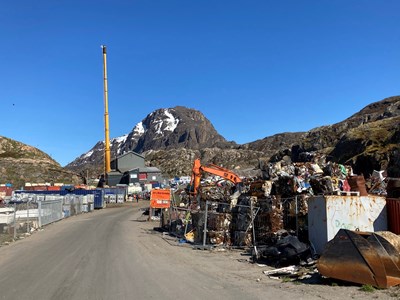
Day 2: Introduction and Lectures
The summer school officially began with a morning of lectures about the town of Sisimiut, the context of Greenland, and recent research conducted by Arctic DTU staff and researchers. Students were assigned to case studies and split up to plan their site visits. Because of the remote nature of Greenlandic settlements and the lack of road infrastructure, teams needed to organize carefully their journeys and safety plans.
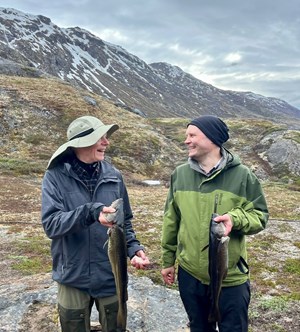
Day 3: Site Visits
Teams began their overnight site visits: Case 1 visited a fishing lodge in Erfalik to analyze waste and waste water in the luxury tourism site.

Photo: Drone Photos by Anton
Cases 2 and 3 visited a small hut, emblematic of cabins for weekend leisure in the first fjord. Case 3 continued on to hike a portion of the Arctic Circle Trail to inspect an Icelandic toilet installed along the trail, while Case 2 explored the toilet conditions of weekend cabins.
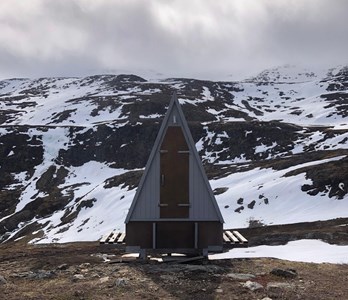
Case 4 visited the settlement of Itilleq to learn about the challenges facing small settlements, including honey buckets, which are the common toilet solution for those in areas without piped water.
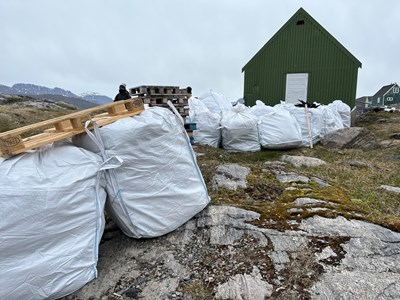
Day 4: Site Visits and Project Work
Case 5, which focused on the wastewater treatment in Sisimiut, conducted interviews with officials from the Qeqqata Municipality, which oversees Sisimiut and other areas in Western Greenland. Returning cases began their final submissions for the week by moving from analyzing challenges to proposing solutions.
Day 5: Site Visits and Project Work
Case 6 visited the site of Kisaq on the edge of Sisimiut to analyze the existing conditions of a stopover point to understand challenges relating to water access, waste water, and energy sources of a site away from the city grid. In the evening, participants watched a Greenlandic movie together about the town of Kullorsuaq in Northern Greenland.
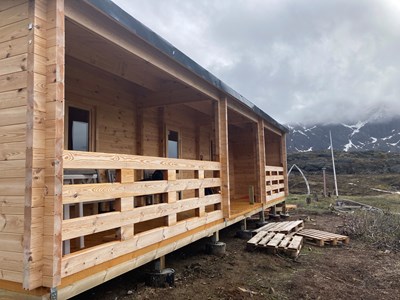
Day 6: Project Work
Course instructors and subject matter experts assisted the teams of students to best understand their cases and learn from solutions in place in other Arctic areas. Teams created and finalized their presentations on the learnings from the week and proposals for next steps.
Day 7: Hiking and Final Presentations
In the morning, students and instructors hiked up or around Priest Mountain. At the base of the mountain is a stream that many locals gather drinking water from, and the top of the mountain provides a view of Sisimiut, its surroundings, and the mountains that seem to extend indefinitely. In the afternoon, students presented their case studies, and instructors and locals provided feedback for further work.
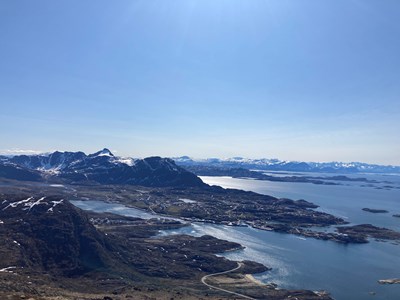
Day 8: Instructors’ Workshop + Departure
Instructors attended a workshop at the Cultural Center on the topic of alternative solutions to honey buckets. Everyone said goodbye and returned to their respective homes across the Arctic Circle and beyond.
This course was the first since 2019 to occur in person, and the first Arctic WASH summer school in Sisimiut. Students will continue their projects and submit final reports at the end of August. The course was organized by the Thematic Network on Arctic WASH, Technical University of Denmark, Norwegian University of Life Sciences, University of Alberta, Dalhousie University, and University of Alaska Anchorage.
